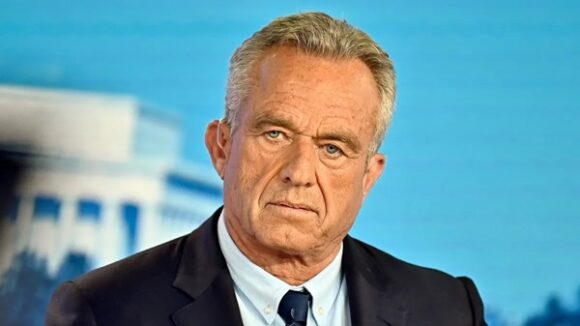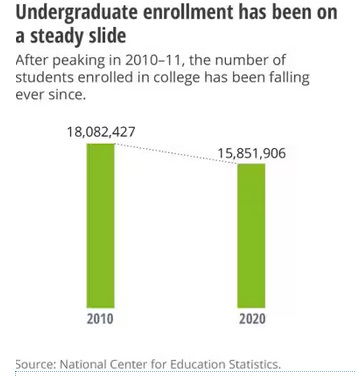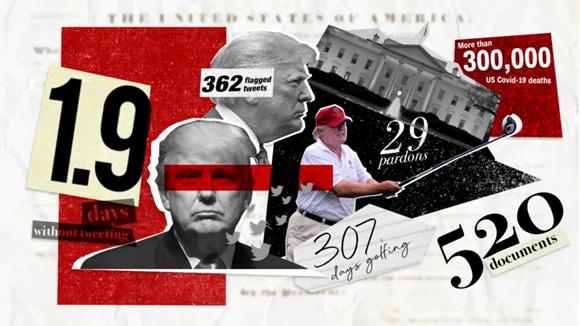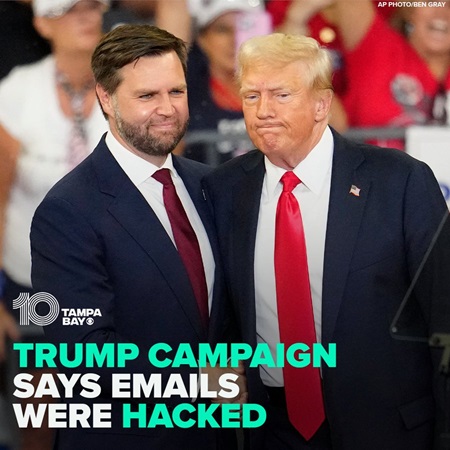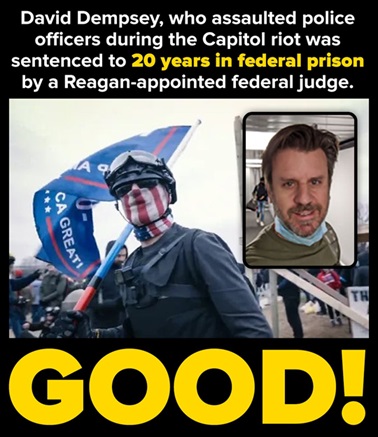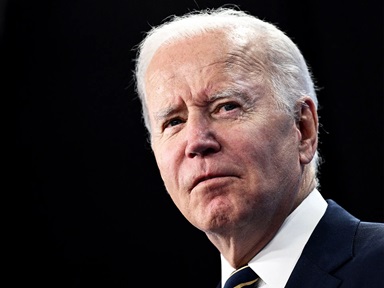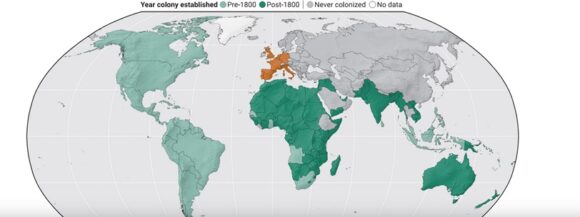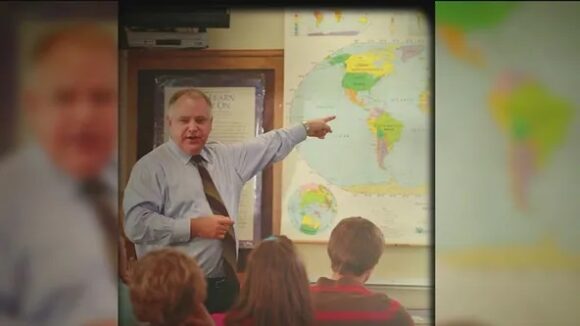 Tim Walz Teaching Geography. Courtesy of Fox 32.
Tim Walz Teaching Geography. Courtesy of Fox 32.
Dear Commons Community,
Politico had an article yesterday entitled, “Tim Walz Was My Teacher 20 Years Ago. Here’s What I Learned,” based on an interview with one of his former students. It is an insightful look at Walz in his earlier career. Below is the entire article.
Tony
———————————————
Politico
Tim Walz Was My Teacher 20 Years Ago. Here’s What I Learned
By Catherine Kim
08/08/2024 12:00 PM EDT
Democratic vice presidential candidate Minnesota Gov. Tim Walz speaks at a campaign rally on Aug. 7, in Romulus, Michigan, before Democratic presidential nominee Vice President Kamala Harris. | Julia Nikhinson/AP
Most of the nation might have just learned of the existence of Tim Walz, but Sam Hurd has known the vice presidential candidate for nearly two decades — since Walz was Hurd’s junior year geography teacher at Mankato West High School from 2005-2006.
Walz has made his life as a teacher a selling point in his political career, including in the jockeying ahead of being picked to be Kamala Harris’ running mate. To get a sense of what he was really like as a teacher, POLITICO Magazine reached out to Hurd, now 35, and himself a middle school teacher.
In an interview, Hurd recalled that Walz didn’t overload students with homework, but challenged them in other ways — forcing them to wrestle with issues like the Cambodian genocide and how the French government treated its Muslim citizens.
And Walz was never sitting, always circling the room.
“Wearing a tie and sweating profusely and just working his ass off as a teacher,” is how Hurd remembered him.
Walz left such an impression on Hurd that the former student, who now lives in Baltimore, made the drive up to Philadelphia on Tuesday to see the very first Harris-Walz rally.
He never made it inside the packed venue, but as he waited in line, word spread that he was a former Walz student, and he was challenged by Pennsylvanians who had been rooting for Gov. Josh Shapiro to be Harris’ vice president choice instead. All he had to do, Hurd said, was point to Walz’s charisma: “As a teacher 20 years ago, that’s who he was.”
This conversation has been edited for length and clarity.
What’s the first word that comes to mind when you look back on Tim Walz as a teacher?
Passionate and service-oriented. I think those are the two things that pop for me.
Was he known as a tough grader? Was he a strict teacher, or someone you knew would give an extension?
I only had him for a year, and it was actually his last year before running for Congress. And the thing that I would always hear about Walz was that he’s not really a homework guy, so long as you could reasonably show up, participate in discussions and just have thoughts that you could articulate. He wasn’t really a lecturer. He valued the thoughts and experiences of kids. He was known for treating kids quite a bit like adults in that way.
On Fridays, we would focus on current events and he would have this rotating group of students do a little bit of their own research and bring in about two or three minutes of context. And then he would open the floor and the rest of class would be an active discussion. I remember him grading us quite a bit on our ability to look something up, give a little bit of context about it, and try to come up with questions that would get our classmates to talk and think and care about it.
Do you remember any of the current events that sparked deep conversations or debates?
There was one that stood out, now that I look back on it in 20 years. We were reading about France’s attempts to come up with social policies around Muslim women covering themselves in certain public places, and whether or not we believe that to be a Western ideal or an example of this demand for democracy gone a little bit too far, that’s maybe not as respectful as we want it to be of cultural differences and identity.
I was doing a lot of listening that day. Walz did a really good job of making kids feel that cognitive dissonance of what it’s like to grow up in the most powerful country in the world, but also these things that you would never consider as a white middle-class kid in southern Minnesota.
Did Walz participate in the debates or just moderate?
He was mostly a moderator. He could flavor things with his own experience and people that he talked to, but he was infinitely more interested in getting kids to talk to each other.
Walz and Vance trade jabs on the trail in Philadelphia
Do you remember what his classroom looked like? Any notable items on his desk or walls?
His room featured lots of flags and photos. He was one of many teachers in my school who felt compelled to show kids that there’s a really big world out there. He had a few hand-carved or hand-painted gifts that he’d received in the past. He spent considerable time around China, so I think he had some pottery and some paintings.
Somewhere toward the whiteboard, at eye level, he had a giant photograph of Angkor Wat in Cambodia. When I later went to Cambodia, I thought of him, and remembered seeing this incredibly exotic, beautiful place. [As a student,] I was like, “There’s no way I’m going to get there. I’m just a kid in high school from Minnesota.” That was just another one of those subtle things that if you were in a Walz classroom, you kind of felt like you could do those things. He made students feel like that was within their reach no matter who they were.
There wasn’t anything special as to how his room was organized. But we would sit and face each other in a circle when it came to discussions, and that was cool. That was something that I didn’t have a lot of practice within my other classes.
Tim Walz seems to have an endless stockpile of dad jokes. Do you remember any jokes he’d tell to the class?
He clearly loves working with kids, and has this relentless energy.
There’s something humorous about him showing up every day wearing a tie and sweating profusely and just working his ass off as a teacher. I don’t think he ever once sat behind his desk and did anything. He was always circling the room. He was always sitting on a desk and talking to you. There was no “Now it’s time for work. It must be quiet. I’m going to sit behind my desk now, and you guys are just going to be working away at things.”
I don’t think he was as funny as he was irreverent in weird teacher ways, and yet we all knew this resume that he had, and we’re like, “Wow, he’s a football coach. Wow, he’s a vet.”
There’s not really anything that seemed to faze him. That was sort of a disarming thing about him — his life experience made you feel more comfortable. He gives you a sense of security because you can just tell that he’s encountered a lot of different people in his life. He’s a pretty calm, collected dude. I think we all probably treated him in a slightly different way than all of our other teachers because of it.
Walz leans into folksy ‘dad’ image on the campaign trail
He was the picture of humble, masculine service energy in our school. There was a student who, I want to say in 2002 or 2003, came out to Walz, and that was really the only adult or maybe teacher that they had come out to before as gay. And Walz was pretty determined to, if that student was up for it, start a Gay-Straight Alliance at our school. Walz, I think it wasn’t lost on him — the idea of him being a football coach and military guy. To him, that’s just what you do for kids.
You mentioned that you were a student volunteer for Walz when he was running for Congress. What was that like?
There were probably — in terms of student volunteers — about a dozen of us or maybe a couple dozen of us across different grades that were pretty hardcore in terms of going to parades, phone banking, doing all the grassroots kind of stuff.
I remember Election Day in 2006, I was excused for the day to go canvass around town and drive people to the polls. It was the first time, and really the only time that I’ve ever done something like that.
What was it like to celebrate Walz’s victory with him?
On Election Night, the party for Democrats was at this big hotel downtown in our hometown, and it all happened pretty late. It was a Tuesday night — a school night — but my dad was there so it was all good. Me and my friends and Walz’s circle of student volunteers all got to be backstage a little bit. It was probably only 10 p.m. but it felt like midnight to me.
When he won, Walz was like, “Guys, we’re going to run out there together and come up on the stage.” When he ran up to the podium, he asked us to come up. And he just circled everybody up and jumped up and down for a little bit. I remember him just saying, “We did it. We did it.” It was just hugs and jumping and screaming long before there was any kind of ladies and gentlemen acceptance speech.
Tim Walz is swarmed by his high school students, who worked on his campaign, when they learned Walz won Minnesota’s First District for the U.S. Congress in November 2006, in Mankato, Minn. | Christina Paolucci/Rochester Post Bulletin
Some of Walz’s past assignments have gone viral — such as when his class basically predicted the Rwandan genocide a year before it occurred. Do you remember any unorthodox projects or lessons in his classroom?
I remember him being one of the few adults who would pretty openly talk about genocide. He spoke a lot about genocide in Cambodia. Some of these terms that he would throw out, like “killing fields” — I remember on a trip to Cambodia, I got to go to Phnom Penh and see the prisons and killing fields. And I thought, “Oh my God, that’s what Walz was talking about.”
I remember starting that discussion by getting inside the heads of lawmakers and politicians and dictators. I think we did a little bit of reading on Pol Pot himself, because to us that was such a faraway place as a 15- or 16-year-old. I think the hook was just trying to get inside the heads of dictators and leaders who overstepped their boundaries.
You are now a teacher yourself. Is that at all because of Walz? Has he shaped your teaching style?
He’s certainly one part of it. When I think about the things in my current teaching that are all kind of credited to Walz — a lot of the warm-up games and activities in my classroom are definitely geared toward the world a little bit. When we have free time, I try to encourage kids to think about what’s going on in the world, and think about just how big the world is.


